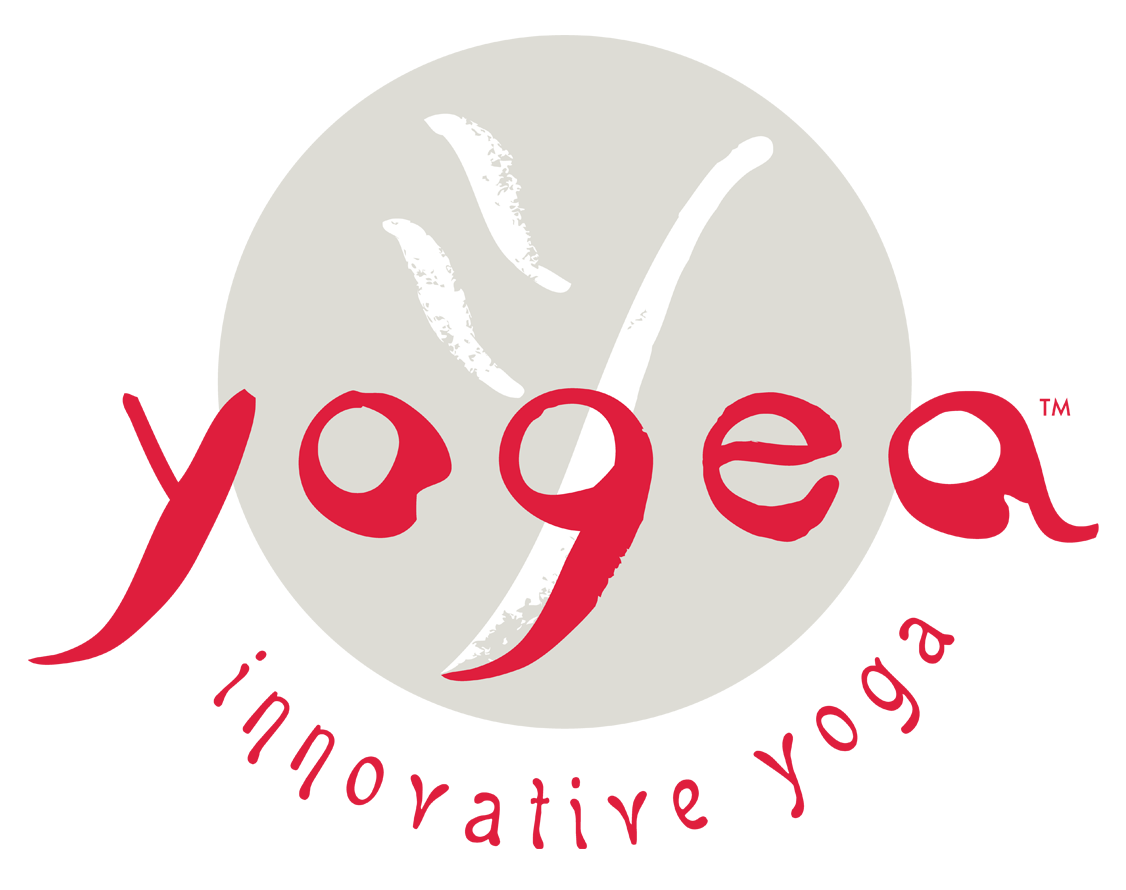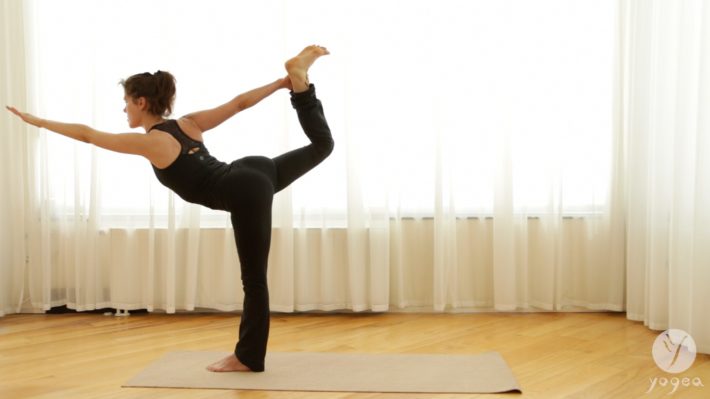Welcome to Yogea Asana Lab. This section features three standing balances — Dancer’s pose (Natarajasana); Eagle pose (Garudasana) and Tree Pose (Vriksasana). The first pose requires a neutral rotation of the pelvis and serves as a shoulder opener, hip opener and a back bend. When the back foot is sealed to the buttocks it also acts as a quadriceps stretch. The oppositional pull between the extended front arm and the clasped back foot maintains the body’s equilibrium. The pose cultivates poise and balance and the bind opens the meridians of the body to facilitate the flow of “prana” or life force. The second pose is best suited at the second half of the practice when the body is sufficiently warm, as it requires a deep hinging of the hip flexors, an opening of the scapula and shoulder girdle and a stretching of the Achilles tendon. As it involves a bind, it also channels the flow of oxygen throughout the body. The spine is also stimulated and elongated as the body gradually drops into the pelvic floor and soars out of the base, like an eagle perched on a rock. The third pose could be integrated in any beginner’s sequence as it is accessible, and very grounding. It requires an external rotation of the hips, offers an inner toning of the adductors, and provides anchoring through the standing leg and elongation through the spine and the sides of the waste. It roots the practitioner into their center and builds stamina and inner focus. All three poses stimulate the vestibular nervous system and are suitable for the middle section of the asana routine as an excellent way to re-ground and find balance in a state of flux.
Yogea Asana Lab is not a yoga routine and should be regarded solely as an educational platform to reinforce proper postural alignment and improve the quality of your practice. The approach is integrated as poses are grouped into different targeted categories. Each set of poses is demonstrated only on one side. The route of assuming poses and releasing through counter-poses is mapped clearly and slowly, allowing time for assimilation and grasping. The main objective is to guide you in and out of poses safely and smoothly, as well as to acquaint you with basic anatomical and energetic principles that weave the geometry of every asana. In turn, you will be able to perform the Yogea routines with clarity, precision and abandonment. As you follow the tips of proper alignment you will feel more stable, ready to deepen your practice and eager to transition gracefully from one stage to the next both on the mat and in life.


Leave a Reply